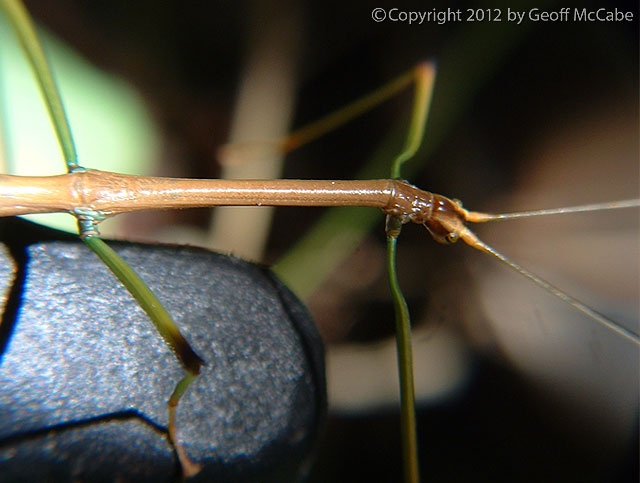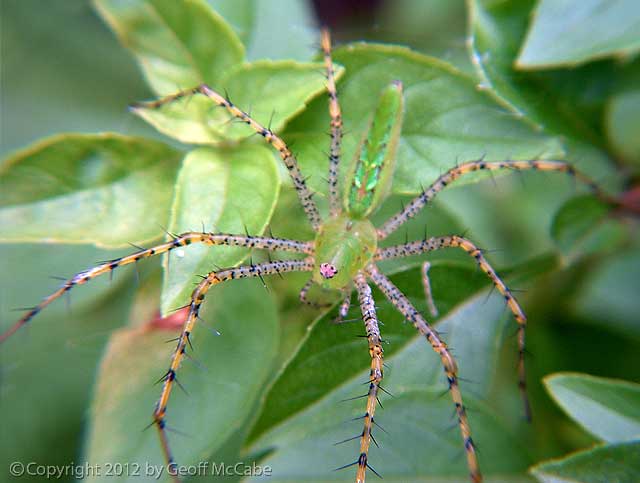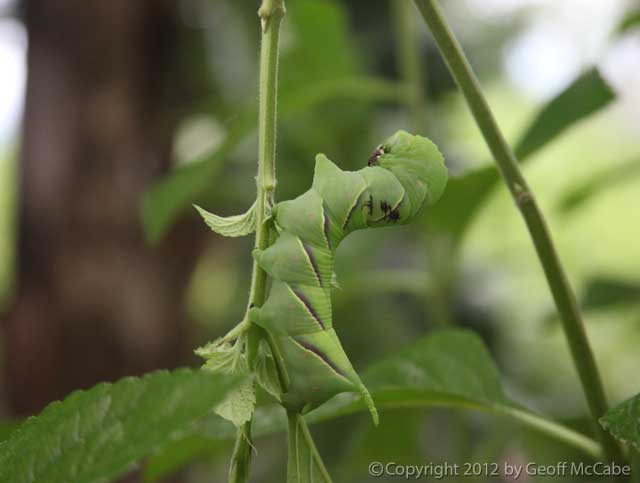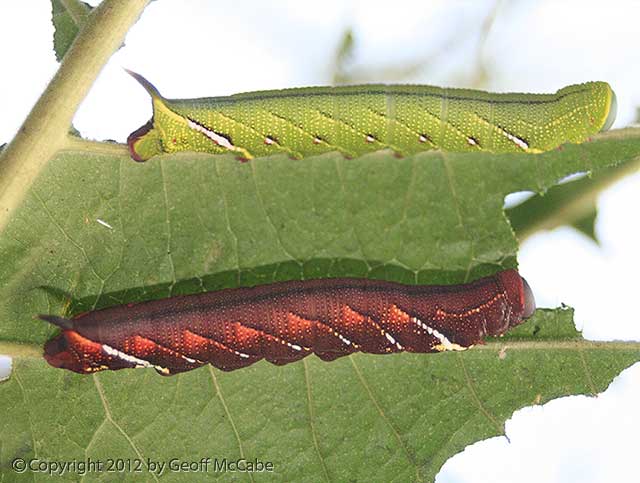- Home
- Accommodation
- Activities
- Area Info
- Maps
- Photo Galleries
- Real Estate
- Travel
Camouflage Insects – Remarkable Bugs that Hide in Plain Sight
This is my collection of photos of amazing insects in Costa Rica that do an incredible job of camouflaging themselves in order to hide.
There are several types of camouflage that I’ve seen:
Predator Mimicry: Some insects look like other more dangerous ones, or even much larger animals such as an owl or snake.
Plant Mimicry: These bugs look like leaves, sticks, or other natural things in order to hide.
Background Camo: Some insects hide by having a natural color or texture that looks like the background such as tree bark, leaves, or dirt.
Transparency: Several different types of insects have transparent body parts or wings to help them blend.
The Ghilly Suit Bug: So far I’ve only found one example of this… a bug that glues different small bits of stuff to itself so it doesn’t look like an insect.
I’m sure there are more technical names for the above types of camouflage but these are just my own observations.
Insects that Mimic Predators
It’s truly remarkable how a species can evolve into such a perfect form. One wonders how the intermediate evolutionary steps between an ordinary bug and a near-perfect imitation of another species could have offered any competitive advantage.
There are several possible answers:
1. A freak mutation (seems very unlikely).
2. The transitional shapes offered another competitive advantage, such as a thorn bug being able to prick predators
3. Conversion of an organ into a new use. For example, a strange coloration may have at first been used to attract a mate, or an odd shape may have acted as a cooling or heating element. Later this organ evolves into its current form through minor changes.
4. An unseen and not yet understood force as part of the evolutionary process. Religious people will say it’s the hand of god. This type of evolution is one of the most difficult challenges for current evolutionary theory, and it seems clear to many people that there’s still a part of the theory missing that can explain the formation of complex organs and adaptations in a satisfying way.
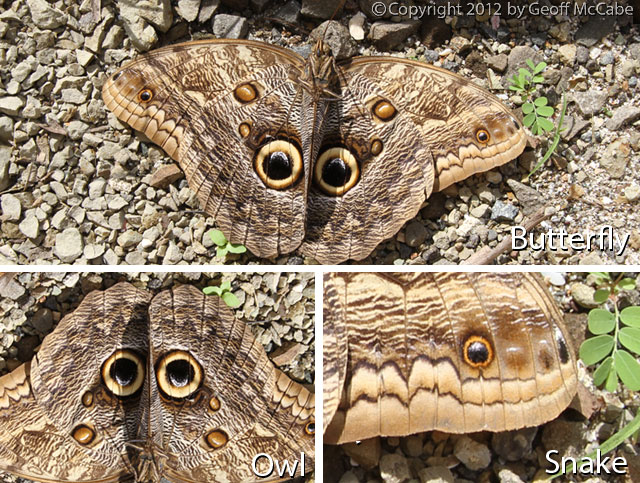
Possibly the most remarkable of insects mimics, it can immitate two different predators. The obvious one is that it looks like an owl, hence it’s name the “Owl Butterfly”. But it has a second trick… each of its wings ALSO looks like the side-view of a snake! The only other animal that I know of that can mimic two different species is the mimic octopus in ocean off Australia.
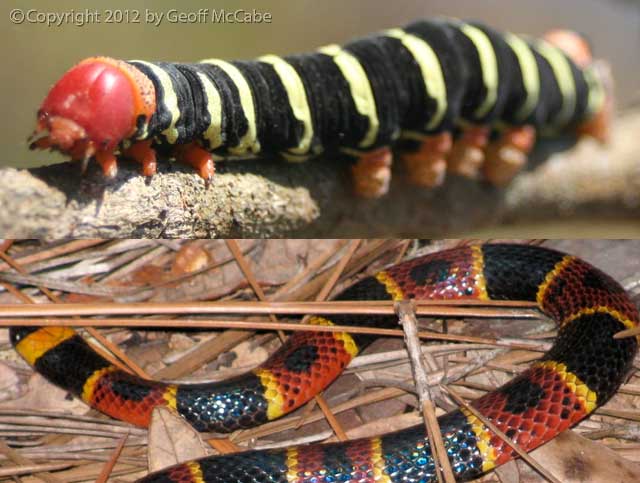
The sphinx moth caterpillar grows huge, munching on the local frangipani (florblanca) trees. The coloration is very similar to color snakes, which are highly venemous, which warns predators that it could be dangerous. This caterpillar is harmless, although when it’s larger it can pinch your finger with its teeth if you pick it up.
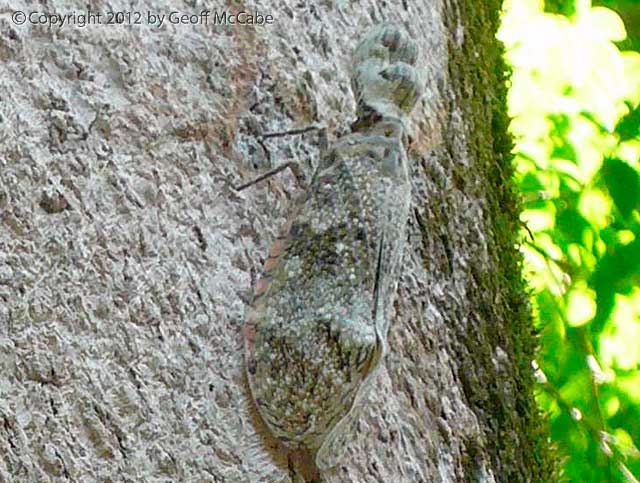
The lanternfly was mis-named over 100 years ago when a researcher found a dead one that had phosphoresence growing on it. He thought it glowed and named it the lanternfly for it’s supposed ability to produce light. It can’t. It’s also known as the peanut-head moth, or the alligator head moth. It’s bulbous head looks like a reptile… snake, alligator, lizard, etc. In addition, its coloration blends into the background of this tree remarkably well.
Plant-mimicking Insects
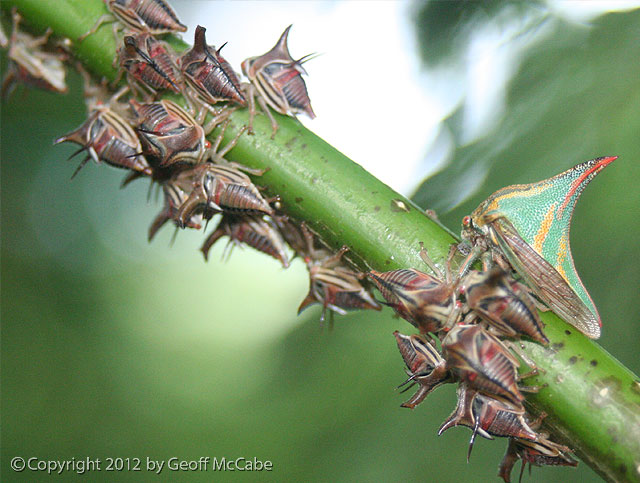
The thorn bug of course looks like a thorn on a plant stem. They are well aware of this, and hide in plain sight on the stems of plants where a thorn would naturally be.
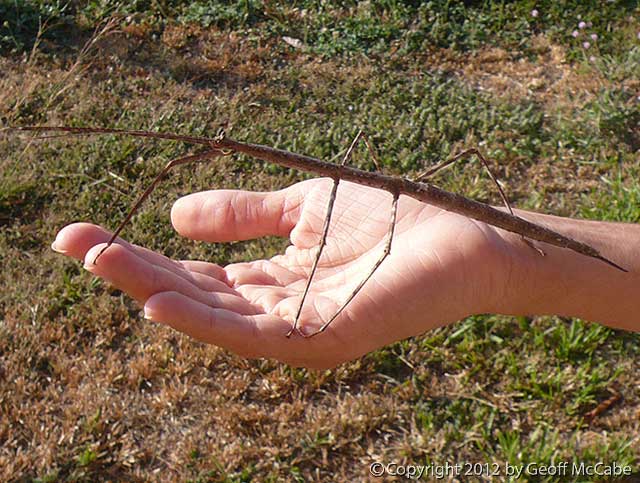
A large brown walking stick with a rough-textured body. On rare occasions, these stickbugs can grow even quite a bit larger than the one shown here.
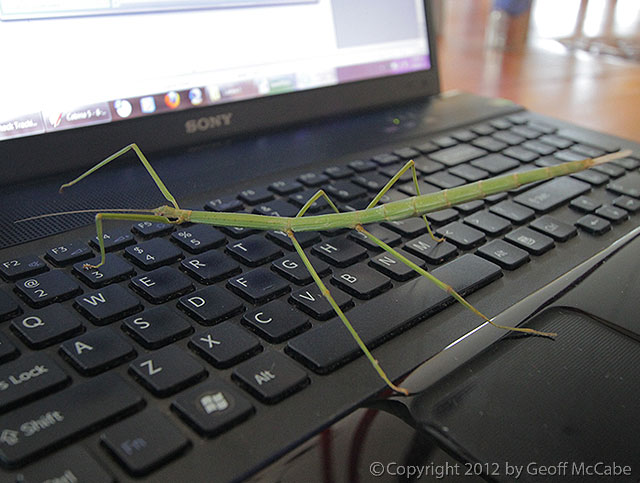
This large green stickbug stands out on my keyboard, but one can easily imagine how well it can hide in green plants. It will be nearly invisible in the jungle.
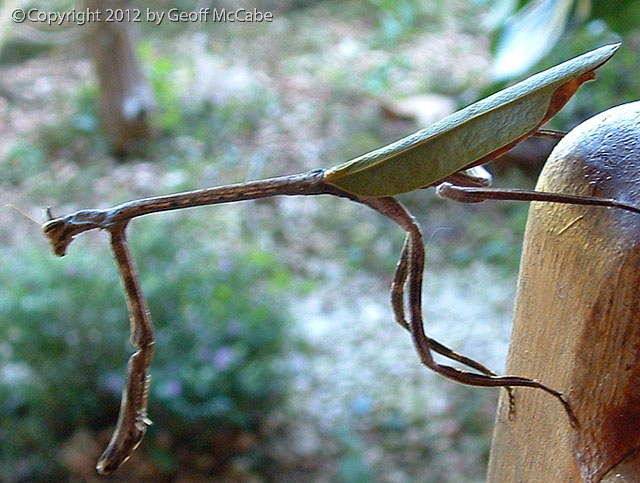
This praying mantis is fairly rare here. It’s wings are green and look exactly like leaves, helping it hide in the jungle while waiting for its prey.
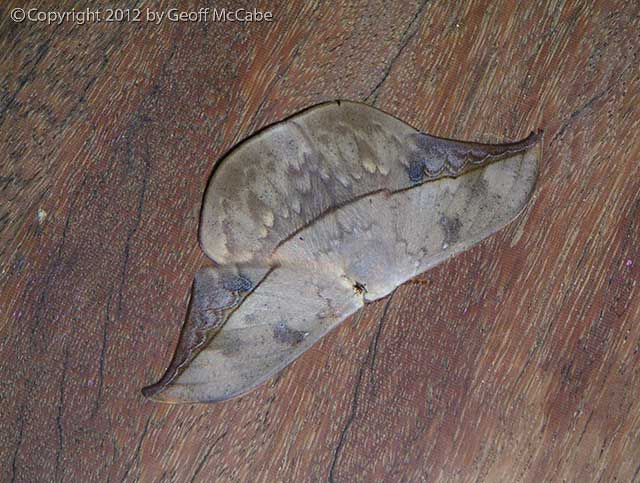
This moth looks so much like a leaf that even close up, it’s still remarkably leaf-like. These are fairly common and often go un-noticed by tourists and residents who never realize what they really are.
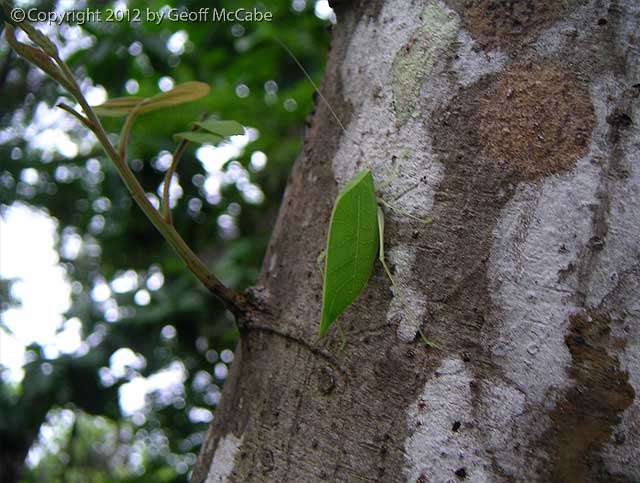
The katydid is a noisy bug that comes in many varieties… some are even more amazingly good at imitating a leaf than the one shown here in the photo. Katydids belong to a group of bugs known as “singing” insects.
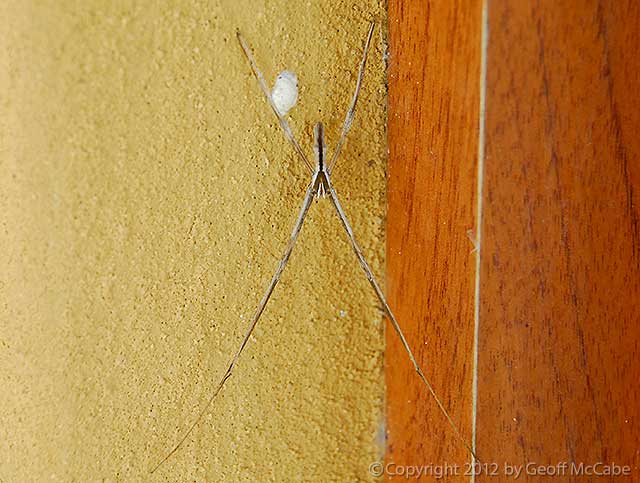
A very skinny, almost invisible spider that looks like two sticks. It puts its legs together in such a way so that it doesn’t have the classic spider shape, helping it hide right on its own web. Some such spiders also paint a flower-pattern on its web in Ultraviolet colors, which are invisible to humans, but attract insects to the shape and color.
Transparent Insects
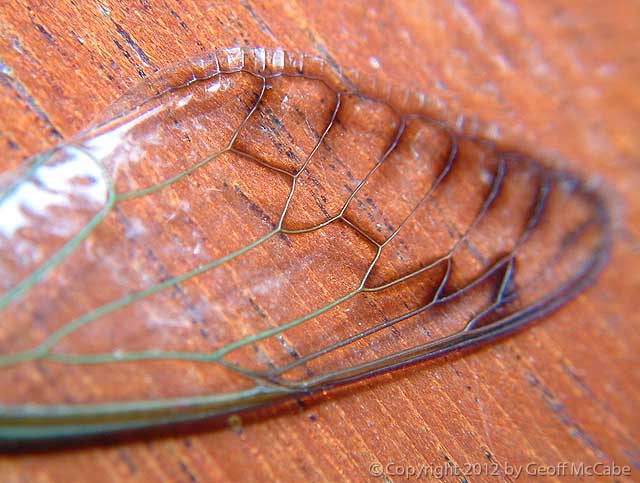
The wings of this large cicada are incredibly transparent… they look like plastic. This helps it look smaller when it flies, so it’s less likely to be seen by birds who would pluck it out of the air for dinner.
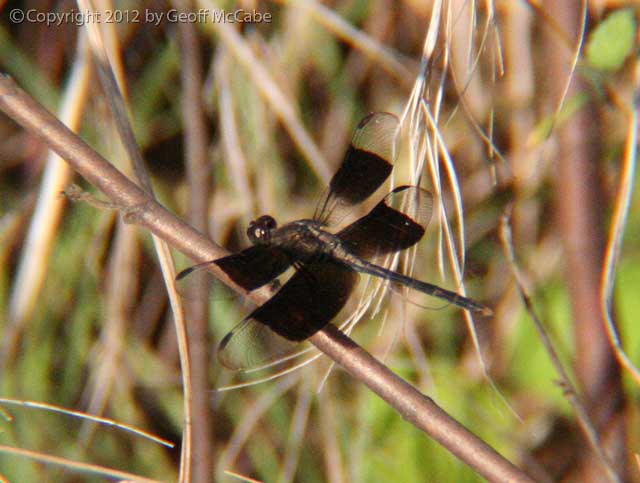
This dragonfly has transparent wing ends, which help it look much smaller when it flies. I wonder why the entire wings aren’t transparent, since that would make it even more invisible. For some reason, such as possibly finding mates, it has evolved to have the ideal visual profile.
Bugs that Blend into the Background
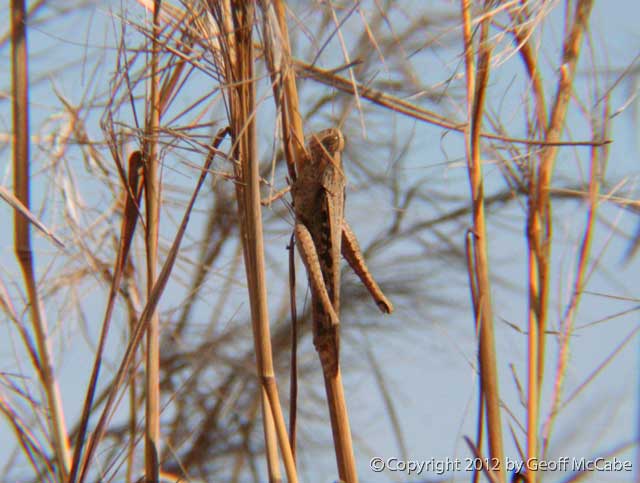
This grasshopper literally hops from grass stem to grass stem, blending in perfectly with its identically-colored body.
The Ghillie Suit Bug – the perfect way to hide
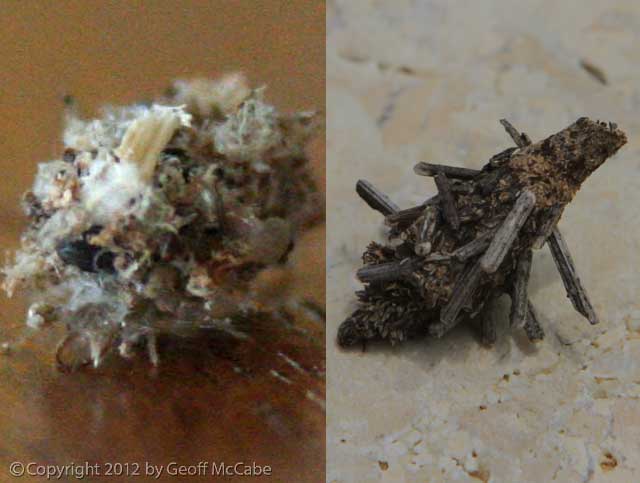
This bug is probably a worm or larvae that collects bits of things in its natural environment and sticks them to its back, making it nearly impossible to ever detect unless it walks across a very plain background, as shown here in these two photos.
Other Insect Photo Galleries:
Great Stuff

Clandestina Restaurant
My new favorite restaurant, Clandestina is not to be missed by food lovers staying anywhere near to Montezuma. Established in March 2015, Clandestina is the new kid on the block. The Oregon/Tico collaboration is a winner among locals and travelers alike, with artisan craft beers, made onsite by Butterfly Brewing Co. and delicious, exciting […]

